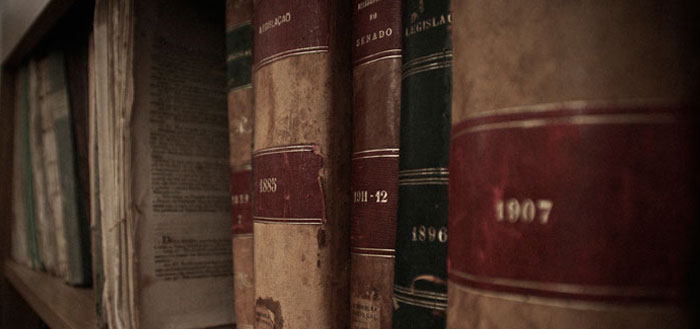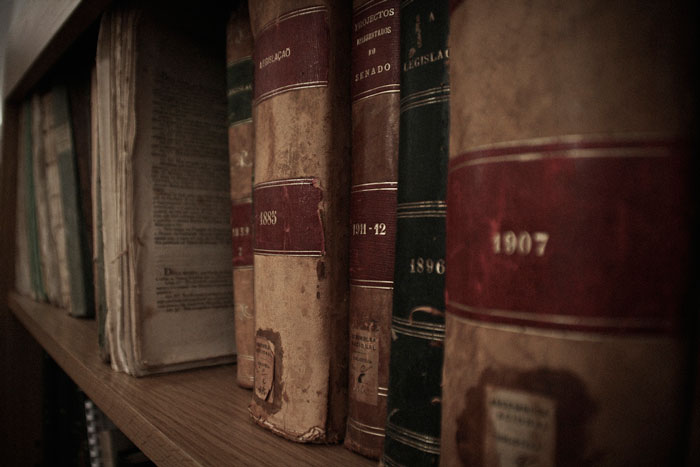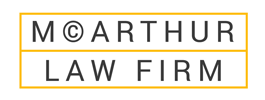
Client Alert – new ruling requires that copyright holders look at Fair Use before a DMCA takedown
Protecting your valuable copyright and other intellectual property rights on the Internet is extremely important for game developers. Policing online copyright infringement often involves issuing DMCA takedown notices to various websites hosted around the world, Apple’s iOS Store, Google Play, YouTube, and Facebook.
However, a new Ninth Circuit ruling could have a significant effect on your legal liability when issuing DMCA takedown notices.

The case: Lenz v. Universal Music Group
Stephanie Lenz uploaded a 29-second video to YouTube in February 2007, featuring two of her children dancing to Prince’s “Let’s Go Crazy.” The song was playing on the radio and could be heard in the background of the video. Universal Music Group was responsible for policing copyright infringement on behalf of Prince. In June 2007, an assistant in Universal’s legal department discovered the video and filed a DMCA takedown notice. In compliance with that notice, YouTube disabled access to Lenz’ video.
After she was notified of the takedown, Lenz filed a counternotice to have the video reinstated. Though the video was again made available on YouTube, Lenz filed a lawsuit against Universal, alleging that they had violated the provisions of the DMCA.
The case has been appealed to the 9th Circuit Court of Appeals, which covers California and a number of western states. The court issued a ruling on Sept. 14 on the important issue of whether Fair Use needs to be considered before sending a DMCA takedown.
The rules surrounding DMCA takedowns and Fair Use
The DMCA requires a number of elements in every takedown notice, including:
- identifying the original copyrighted work;
- identifying the infringing work; and
- that the one issuing the takedown notice have a “good faith belief” that the use of the copyrighted material is not authorized.
This last requirement was at issue in the Lenz case. The facts of the case indicate that Universal had certain criteria that they checked for prior to issuing a takedown notice. This included examining whether the video made “significant use of … the composition” and whether that composition was the “focus” of the video.
However, the facts did not show that Universal’s employee specifically considered whether the use of the music was allowed by the Fair Use doctrine under US copyright law. Fair Use, the 9th Circuit says, is a vital part of forming that good faith belief.
What is Fair Use?
Fair Use is a limitation on copyright law that allows certain unauthorized uses of others’ copyrighted material. Courts analyze four different factors in determining whether or not a use is considered allowed. Important considerations in this analysis include:
- How much of the copyrighted work was used;
- Whether the new use is for the purposes of commentary, criticism or scholarship;
- How “transformative” the new use is; and
- The effect that the use will have on the potential market value of the original.
Analyzing Fair Use is tricky and involves weighing the various factors against each other in light of existing case law.

How does this affect copyright holders?
If the appropriate legal issues are not taken into account prior to filing a DMCA takedown request, the copyright holder could open themselves up to serious liability. This can be achieved with a comprehensive copyright infringement program that includes the following:
- Regular online searches for infringing content on YouTube, Google, app stores, and torrent sites.
- An analysis of fair use and other aspects of copyright law prior to sending a DMCA takedown notice.
- Attorney analysis of each copyright infringement claim in order to comply with the standards laid out by the court.
To discuss options for ongoing intellectual property policing and avoiding potential liability, contact The McArthur Law Firm for a free consultation.
photo credit: It’s Time For a Change and Den of Lions via (license)


No Comments